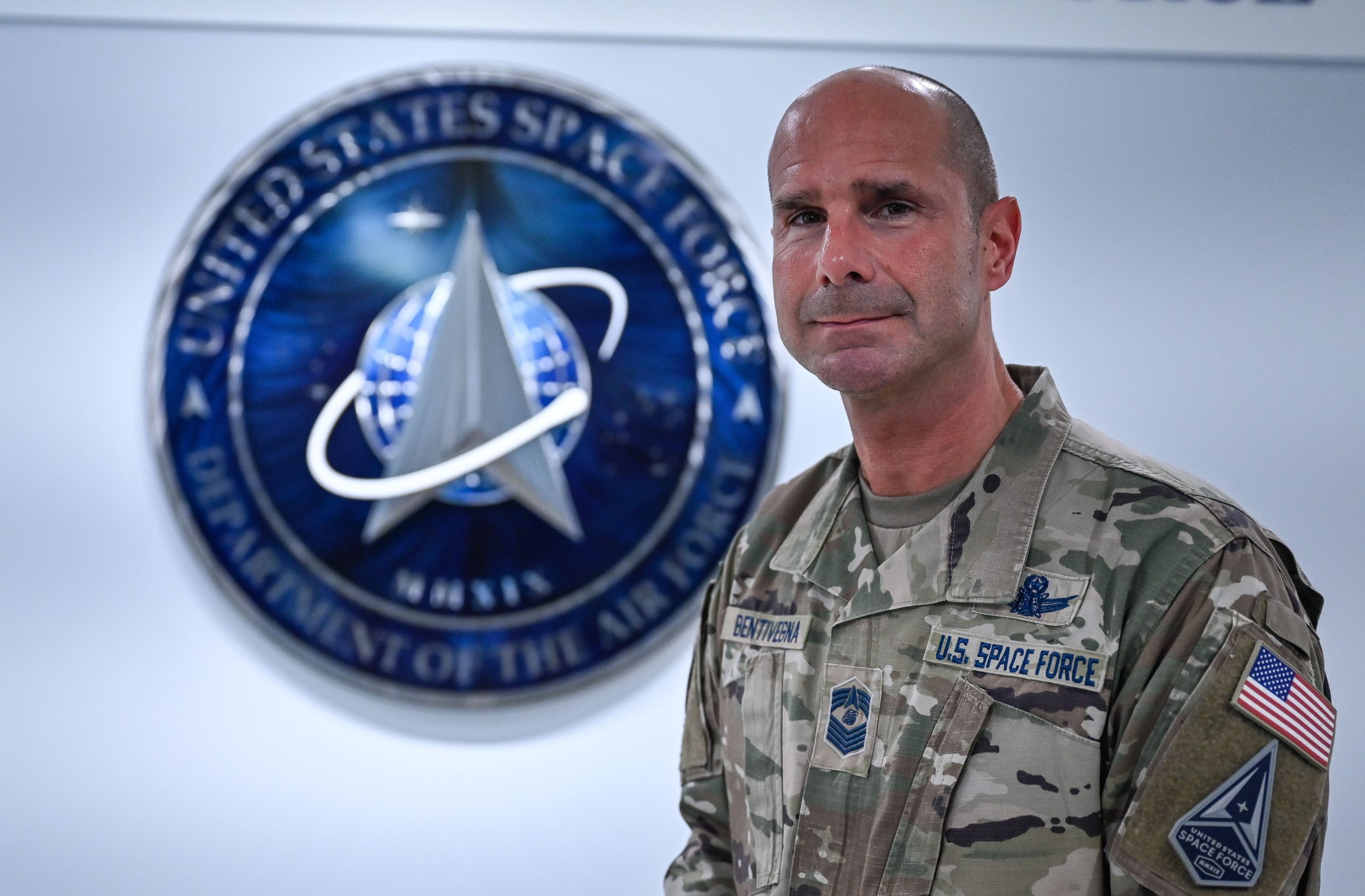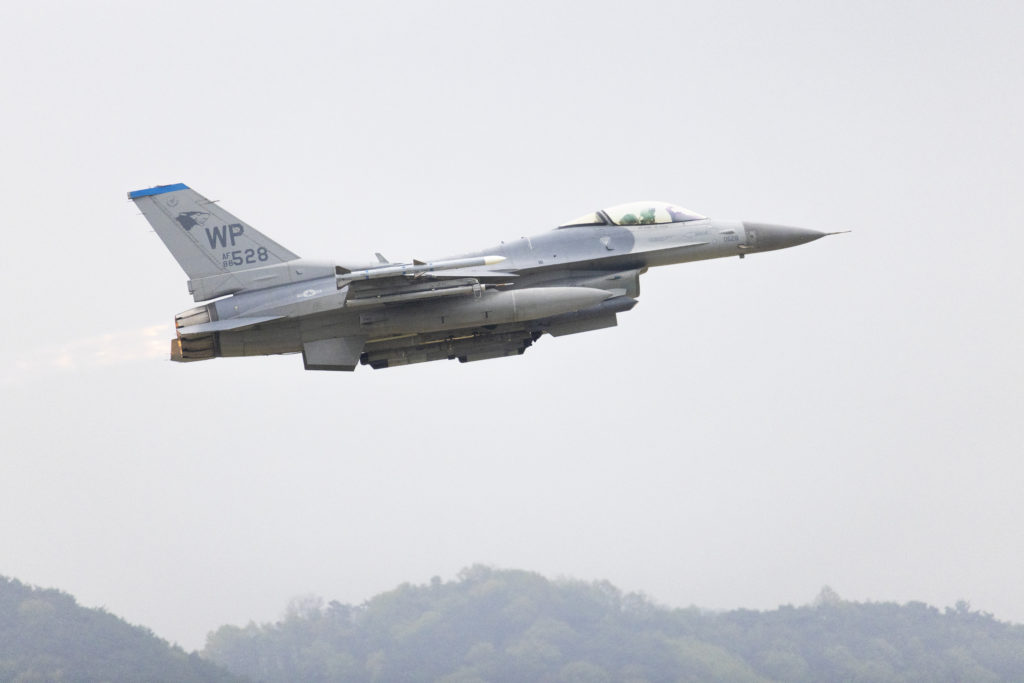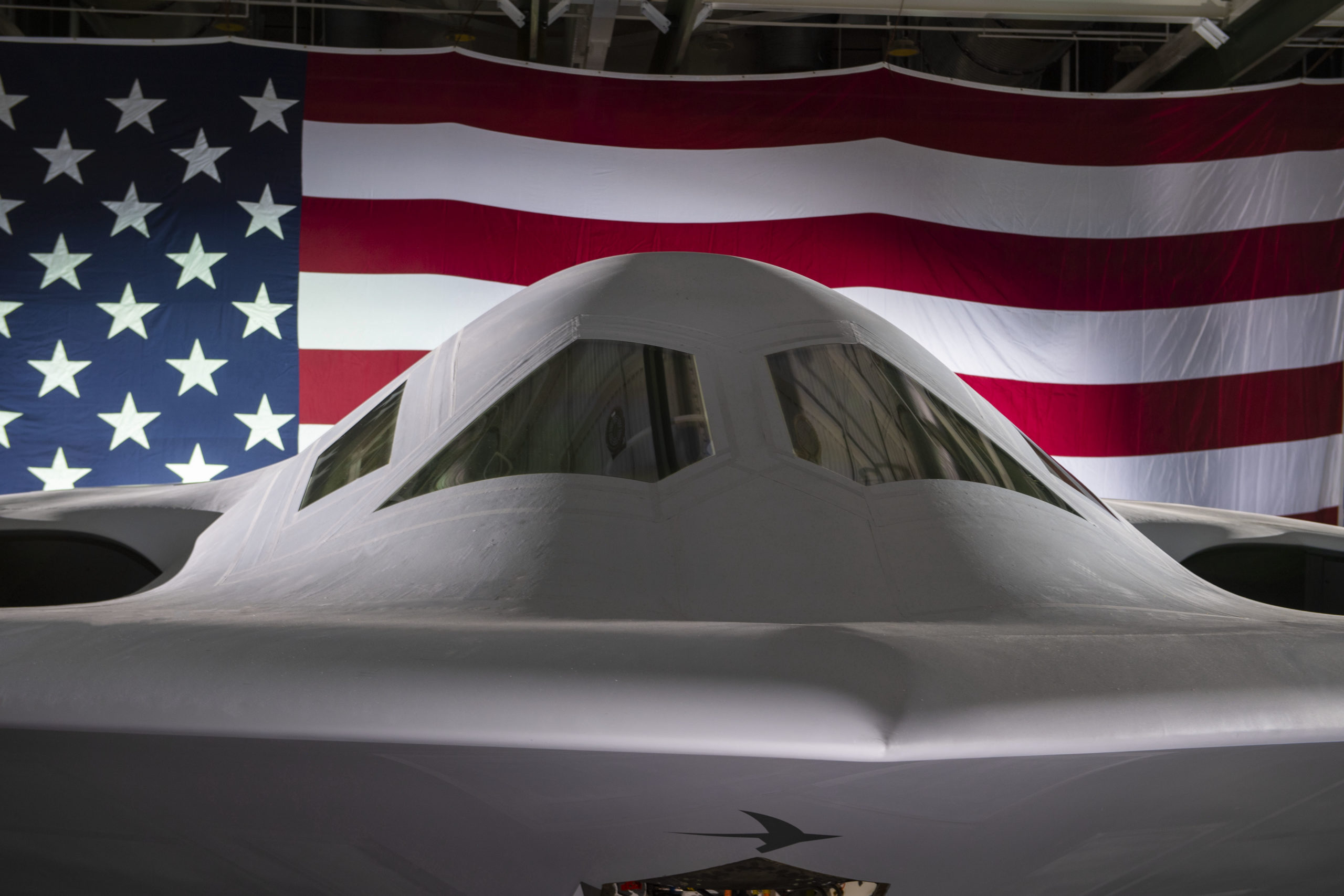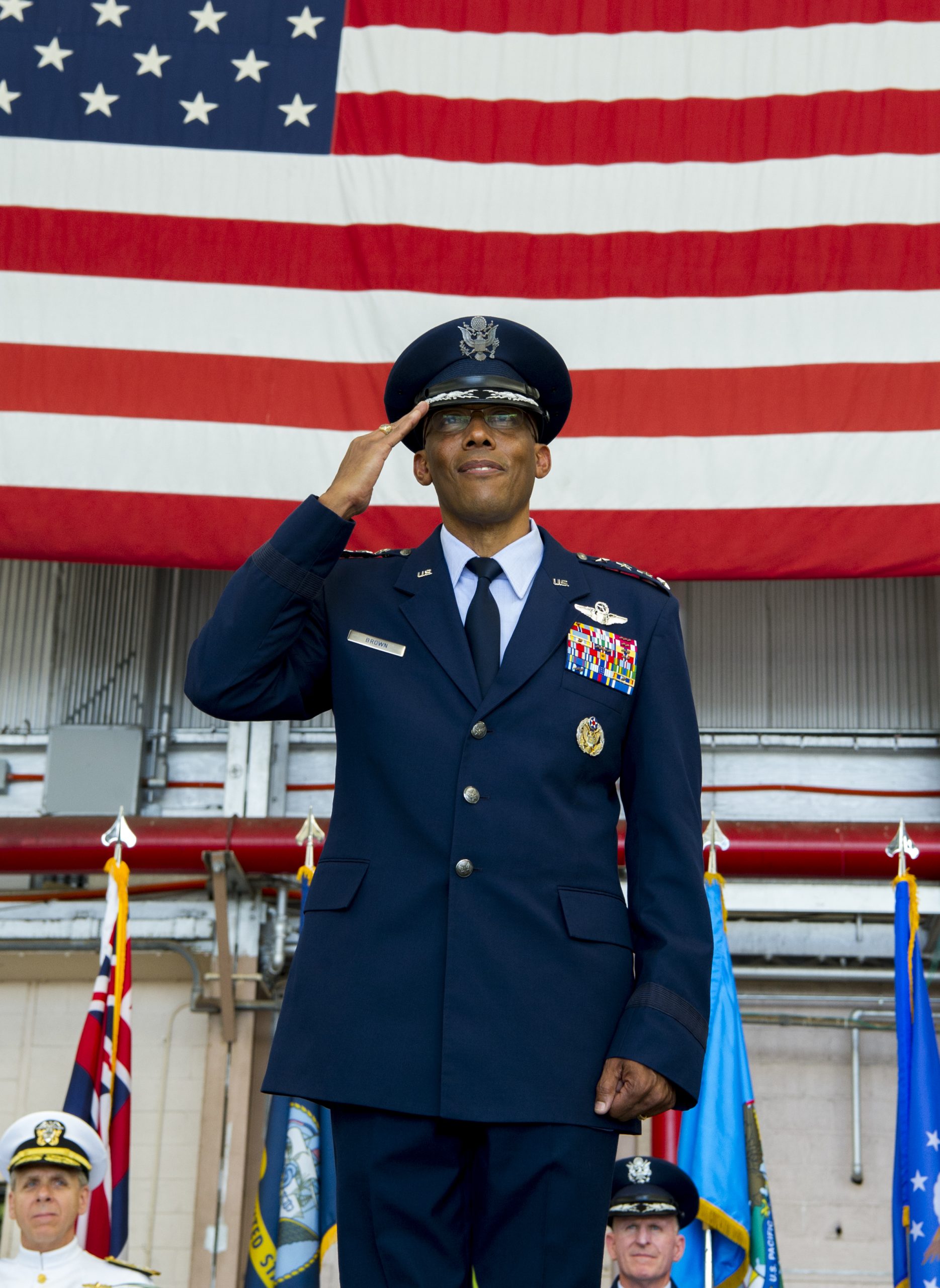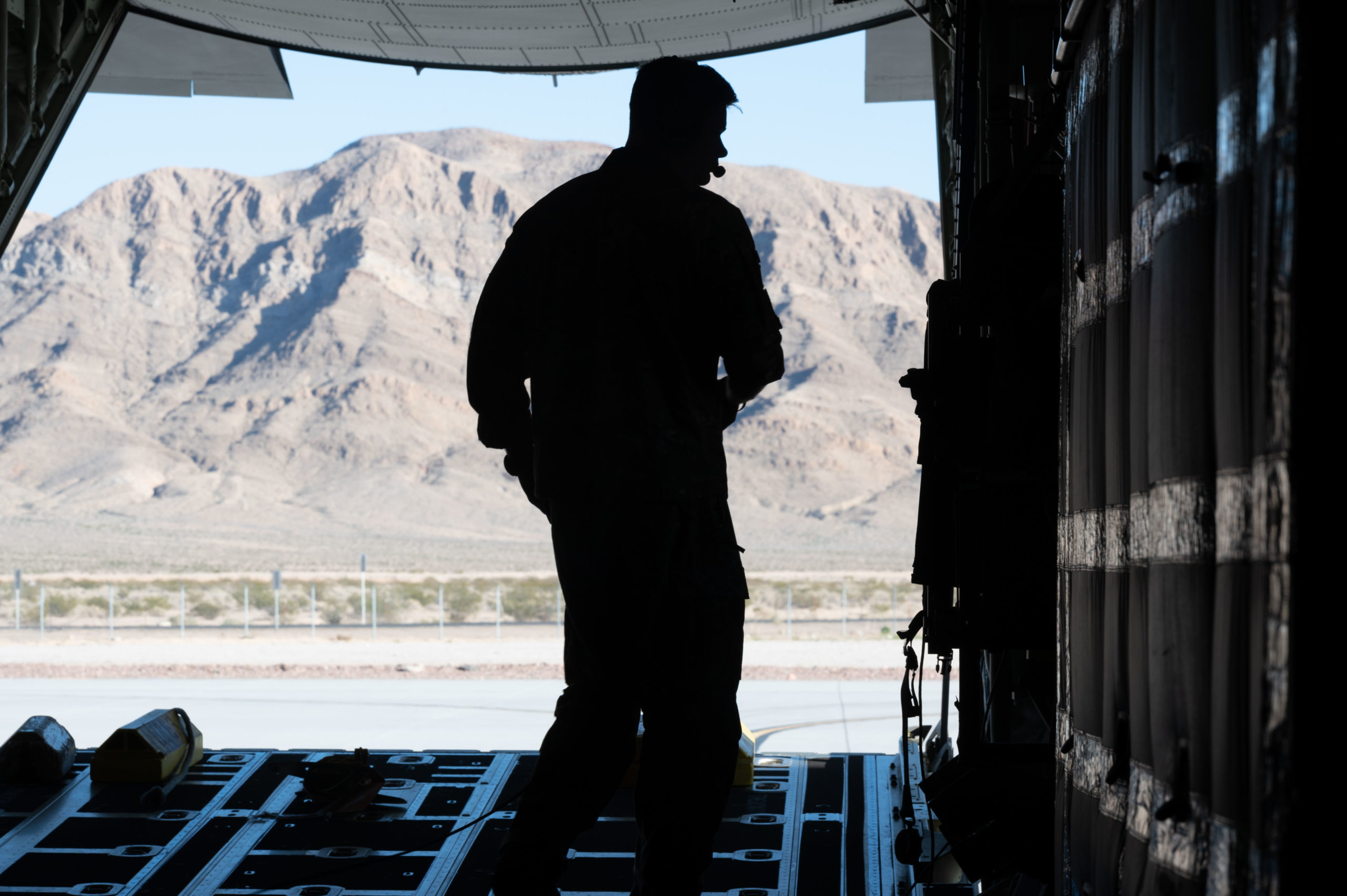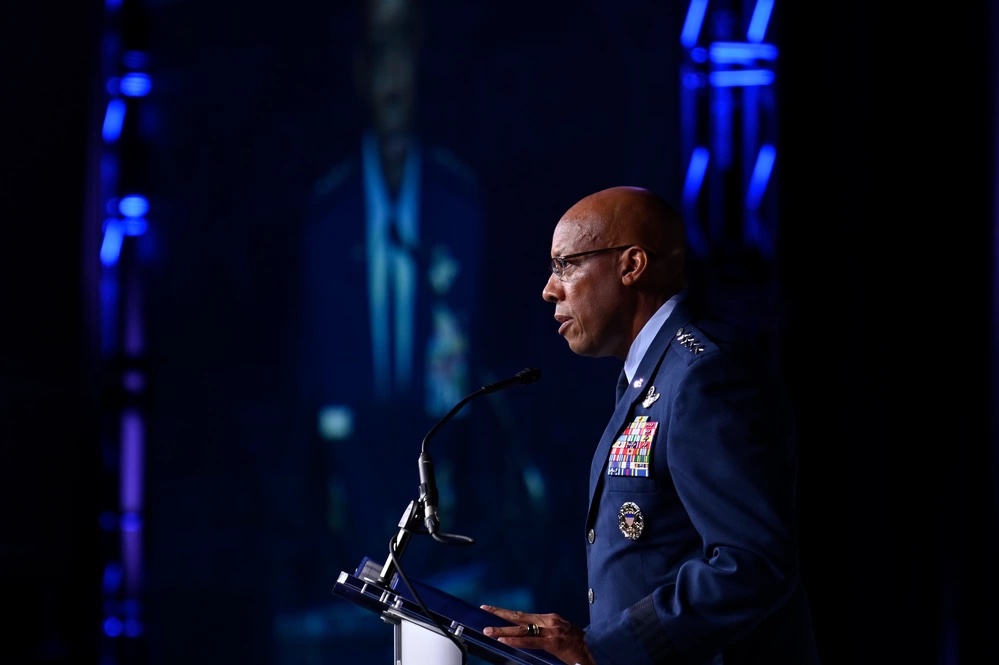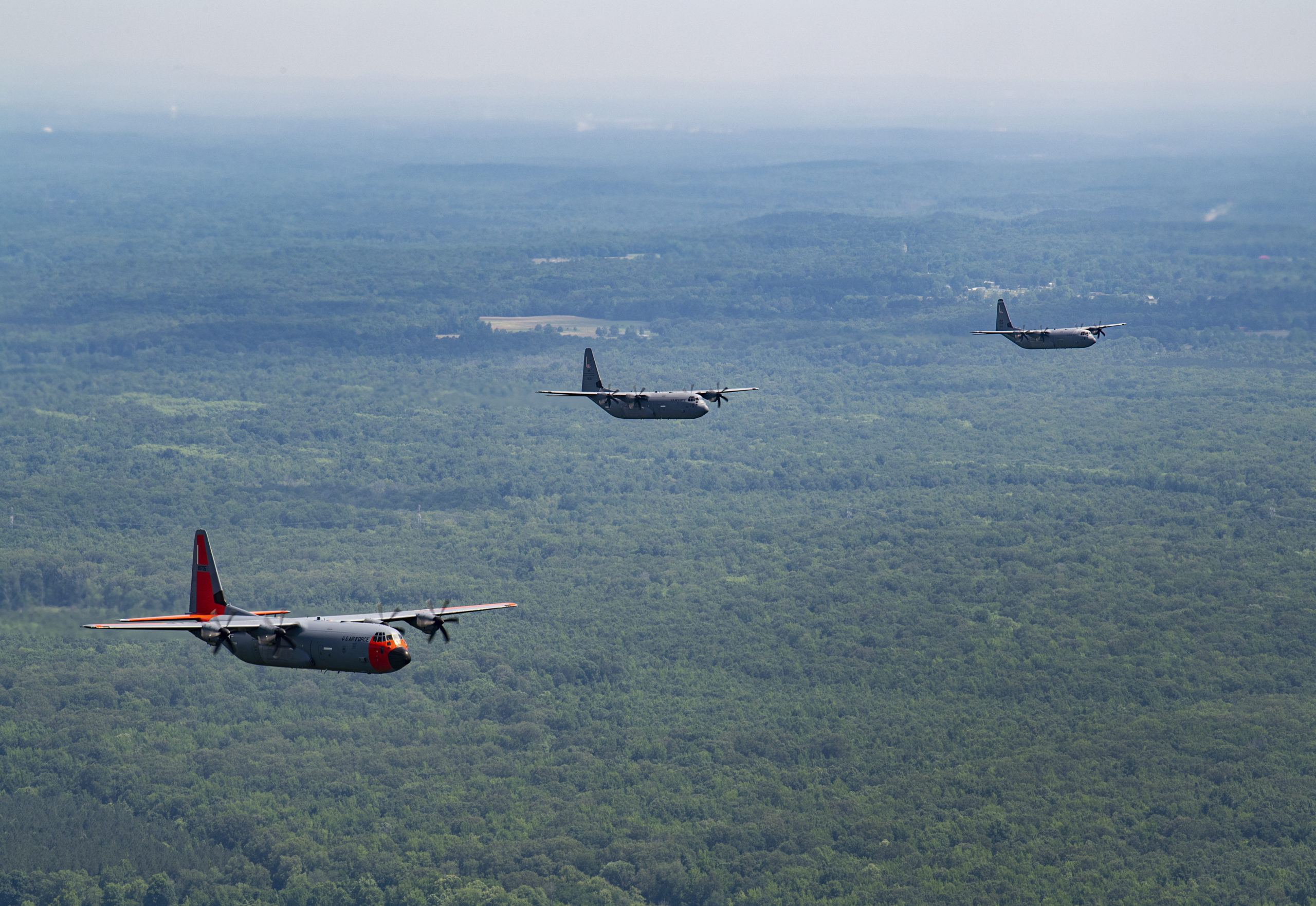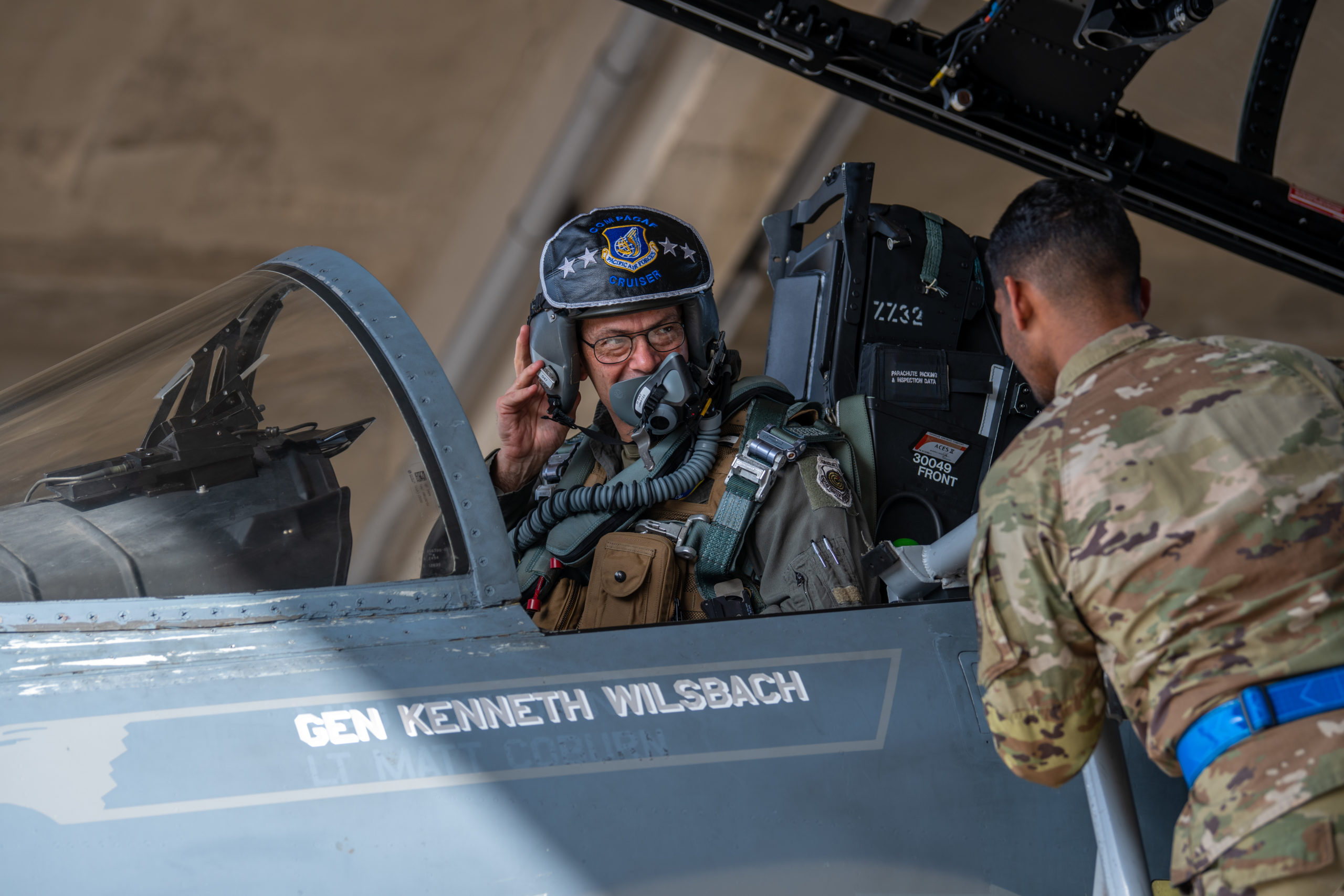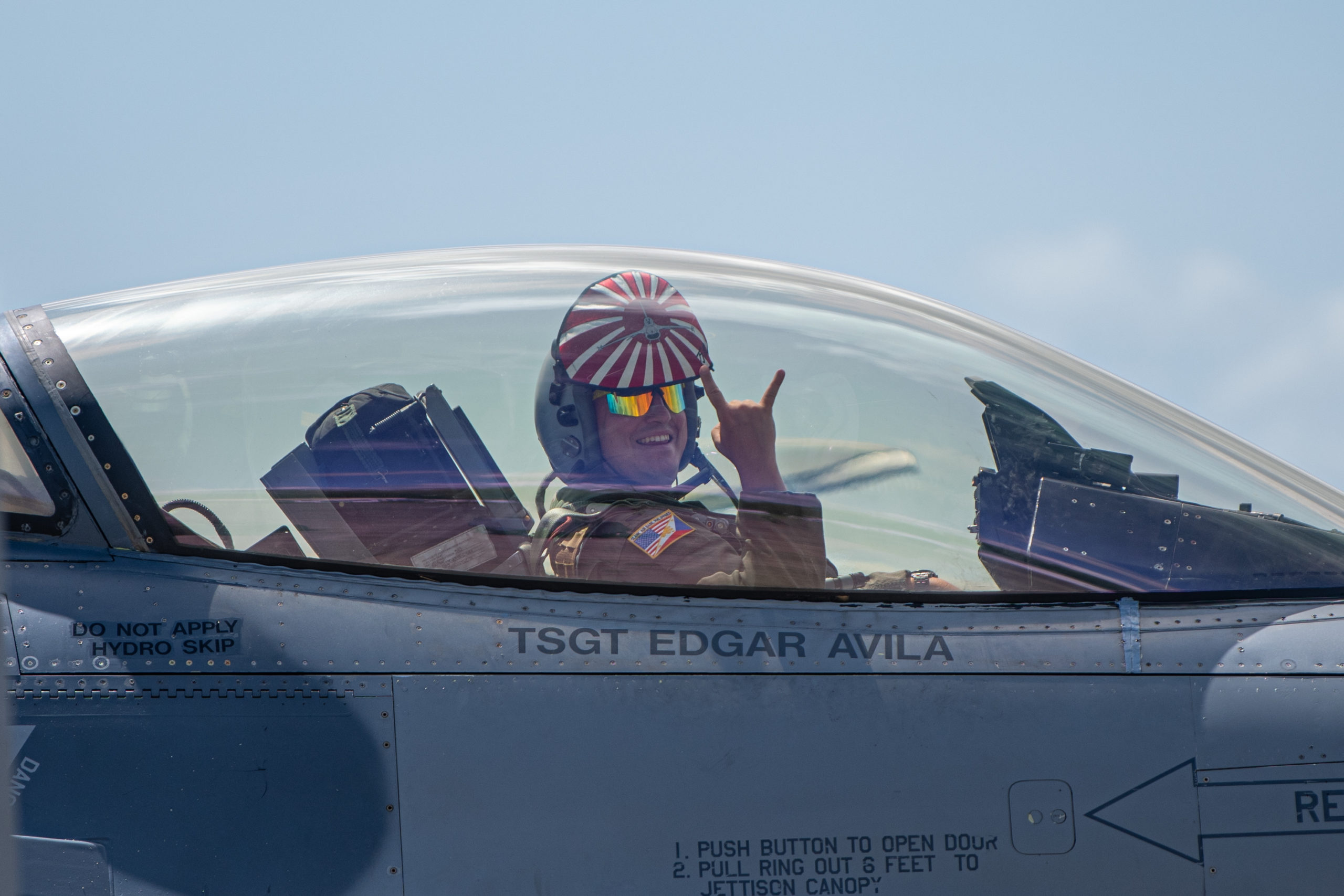The Space Force’s next top enlisted Guardian will be a space operator: Chief Master Sgt. John F. Bentivegna will succeed CMSSF Roger A. Towberman later this year.
Chief of Space Operations Gen. B. Chance Saltzman selected Bentivegna on May 5, the service announced.
Bentivegna is a 29-year veteran now advising the Deputy CSO for Operations Lt. Gen. DeAnna Burt and is also the Enlisted Space Systems Operations Career Field Manager. He was Command Chief at Space Operations Command in his prior role.
Experienced in both maintenance and space operations, Bentivegna joined the Air Force in 1994 and transferred into the Space Force in September 2020. As the second-ever CMSSF, he will be responsible for advising Saltzman on the welfare and readiness of the Space Force’s Guardians.
He’ll face a tall order in succeeding Towberman, whose energetic, affable, and compassionate style connected well with Guardians—and the public. He was willing to try almost anything, including a late-night TV appearance from Greenland, singing with the Air Force’s Max Impact rock band, and speaking directly to Guardians on the Space Force’s unofficial Reddit page.
In a statement, Towberman praised Bentivegna’s selection. “He’s been right here with us every step of the way,” Towberman said. “He knows where we’ve been and believes in where we’re going. I couldn’t be happier for our Guardians or more proud of how it’s all coming together. He’s exactly who we need right now.”
Bentivegna was one of five finalists for the position, all of whom underwent a four-day evaluation that “vetted their skills and leadership capabilities” and included a personal interview with Saltzman, according to a Space Force release.
“I needed someone that would bring a perspective on our future that was articulated differently from mine,” Saltzman said in the release. “Someone who could (and would) challenge my assumptions and ensure that important issues were evaluated from multiple angles and would catch things I missed. All the candidates had tremendous experience, skills, and expertise and it made it a close run.”
“It’s overwhelming and incredibly humbling to be offered the opportunity to become the next Chief Master Sergeant of the Space Force,” Bentivegna said in a statement. “I am really excited to have that opportunity to work next to Gen. Saltzman to help fulfill his vision for where the service needs to go.”
A Space Force spokeswoman told Air & Space Forces Magazine there is no established date yet for Bentivegna to formally take the reins from Towberman, who will retire later this year.
When Bentivegna does take over, though, he’ll take on a range of duties and fill big shoes. Towberman, who was just the second Guardian in the force, helped the Space Force take new approaches to traditional military personnel structures and processes, noting how its small size made it ideal for experimentation.
Among those new approaches is a radically different physical fitness program defined by “holistic health” and fitness trackers for continuous monitoring, instead of annual tests. The service is also hoping to move away from tests and toward promotion boards for every rank above E-4. The plan is also to establish an entirely new “Space Component” that combines part-time and full-time Guardians instead of the traditional Active-Duty/Reserve model.
